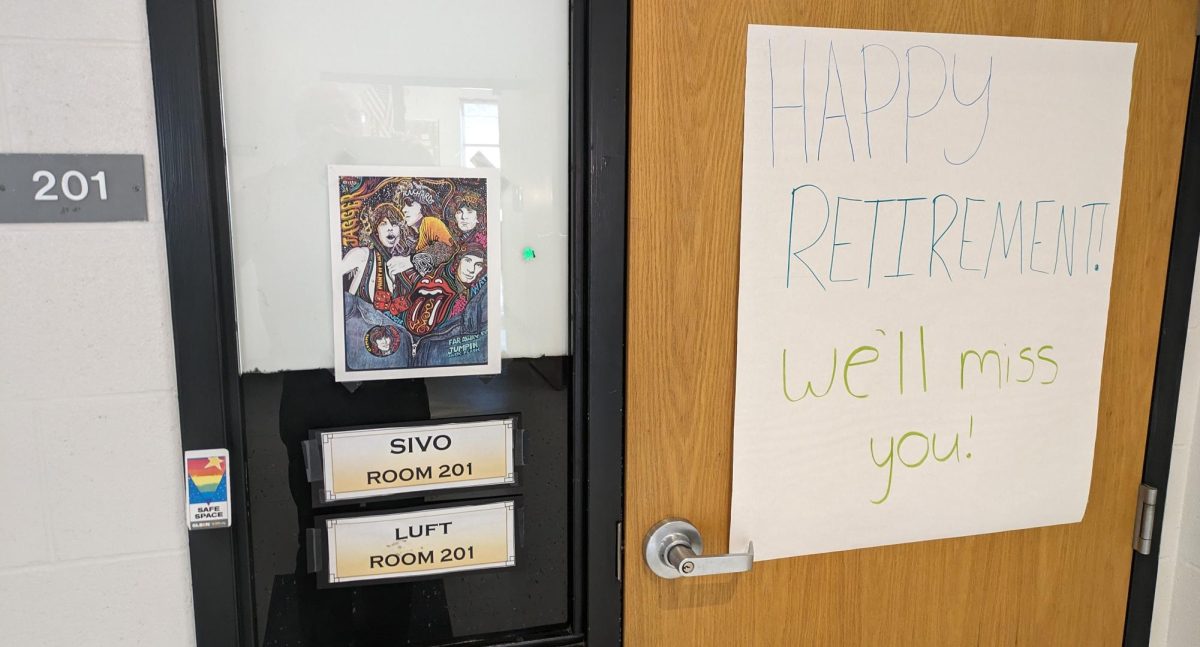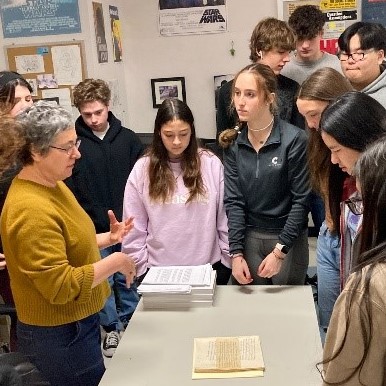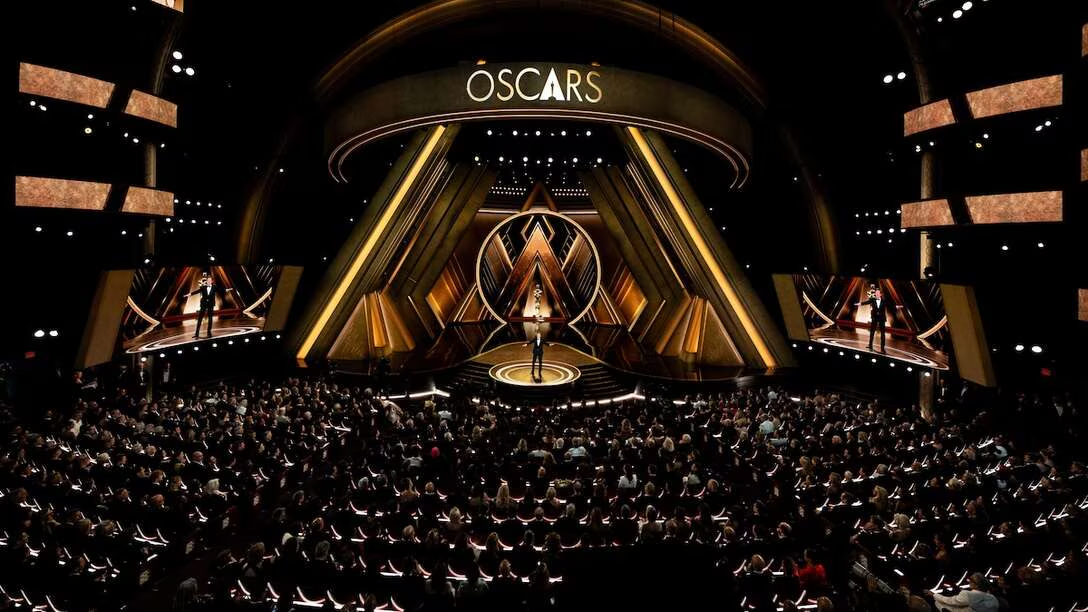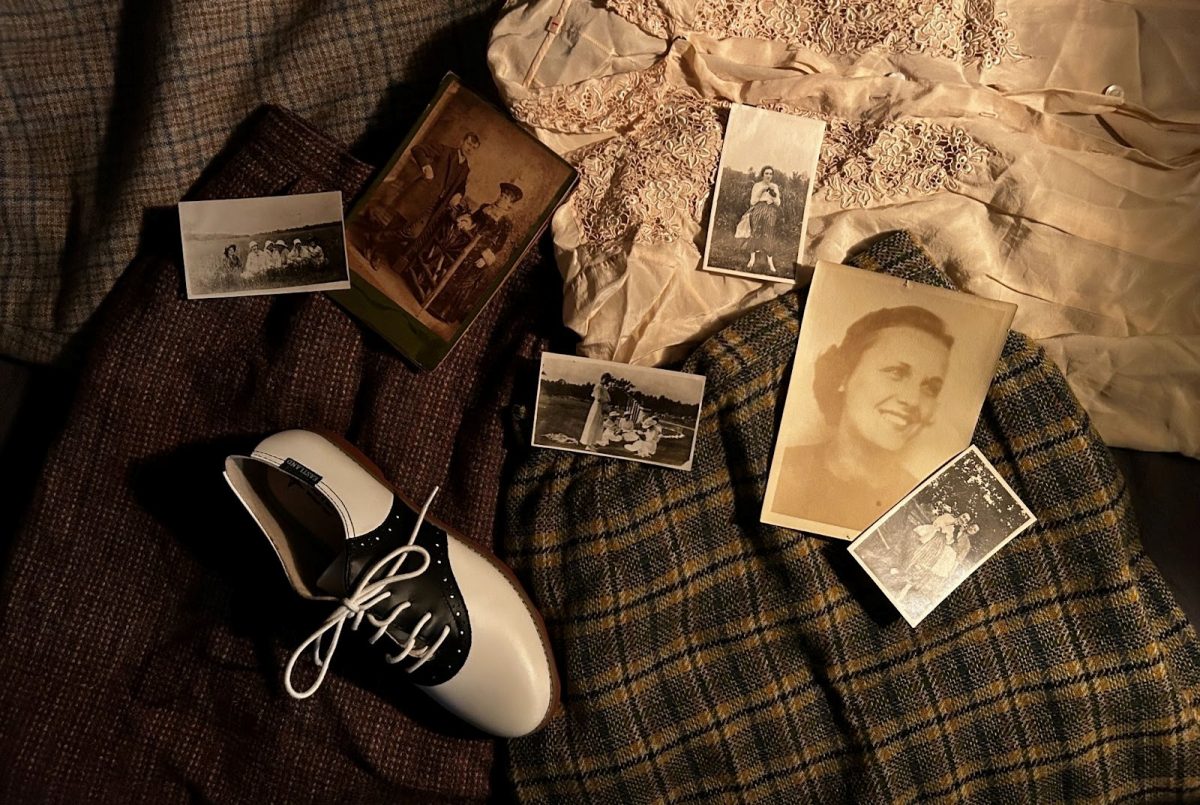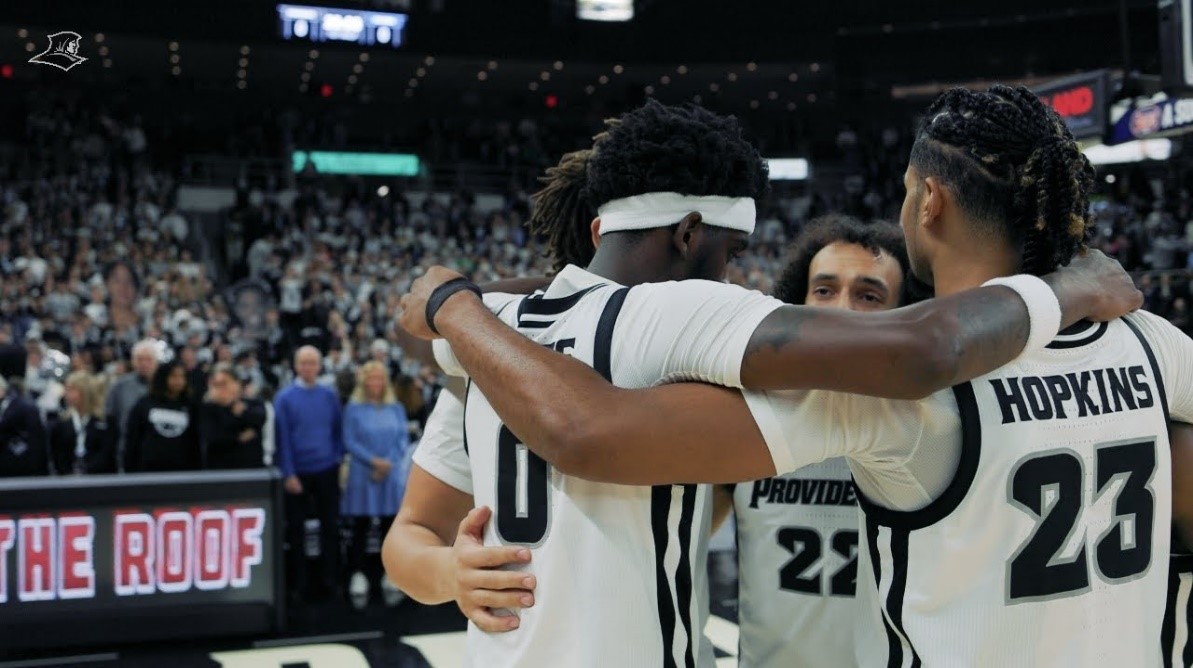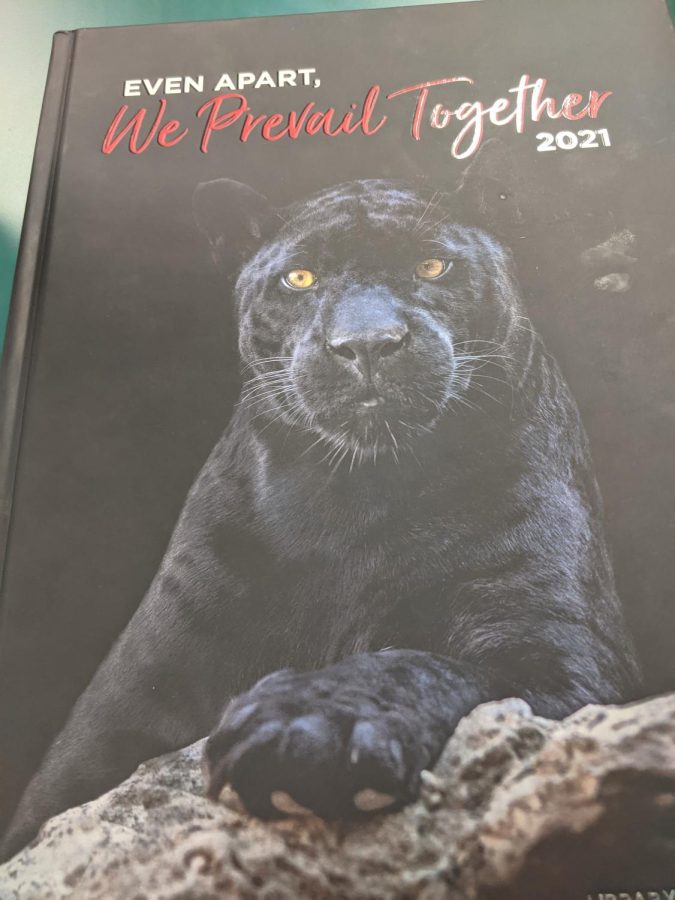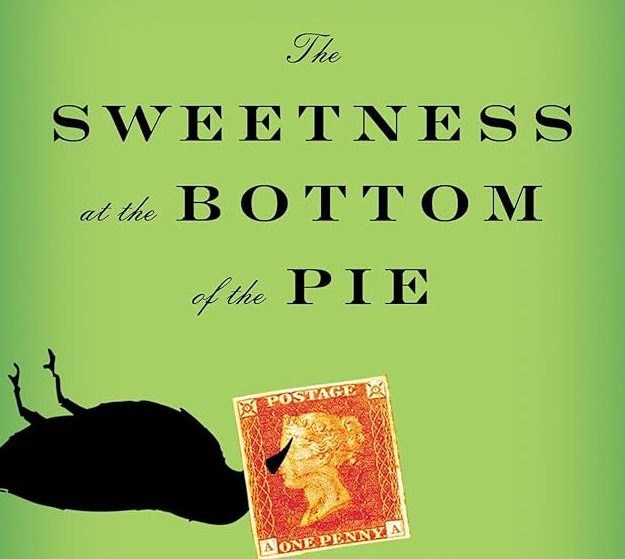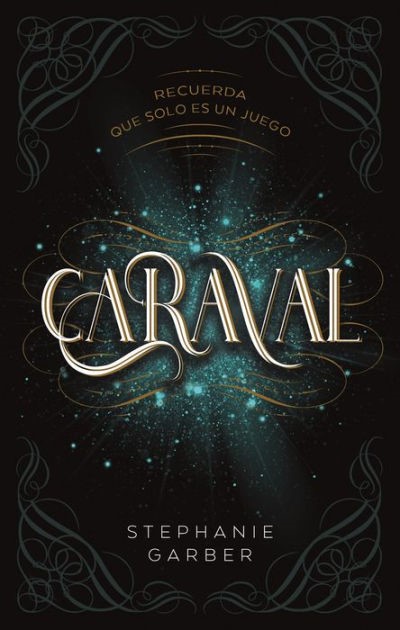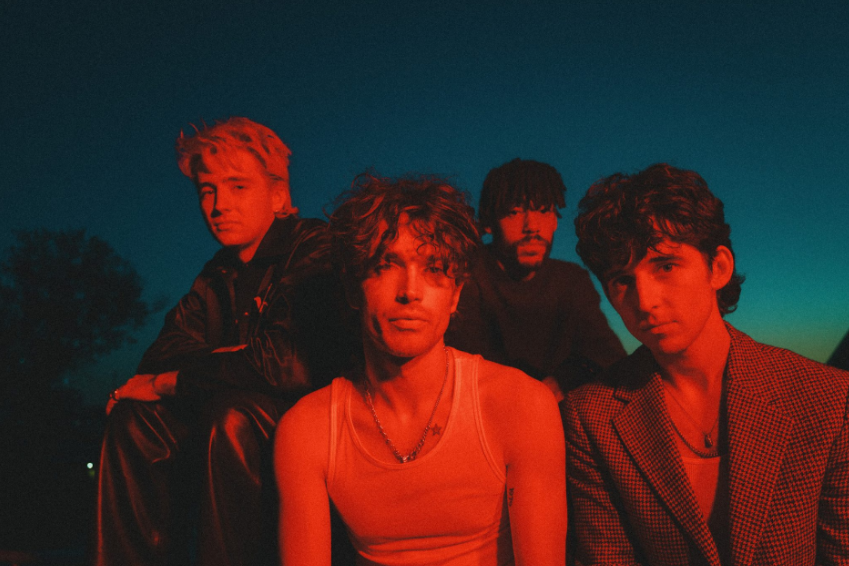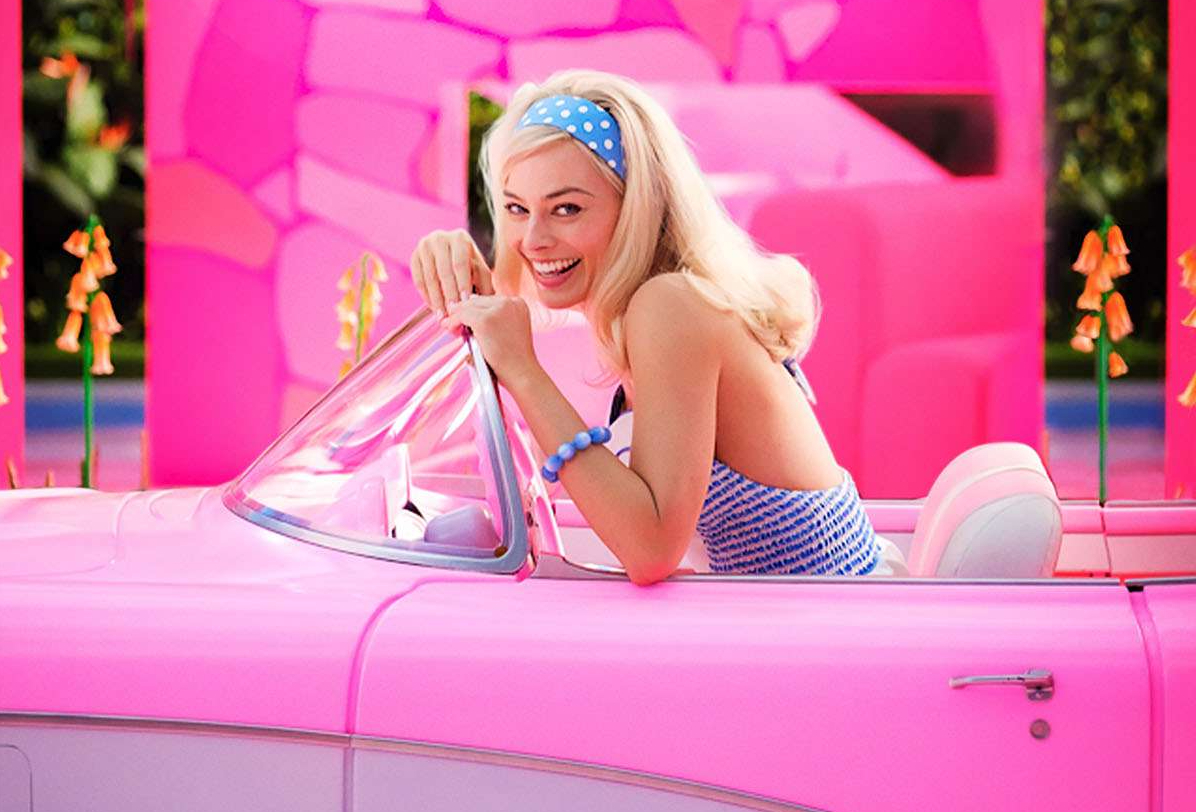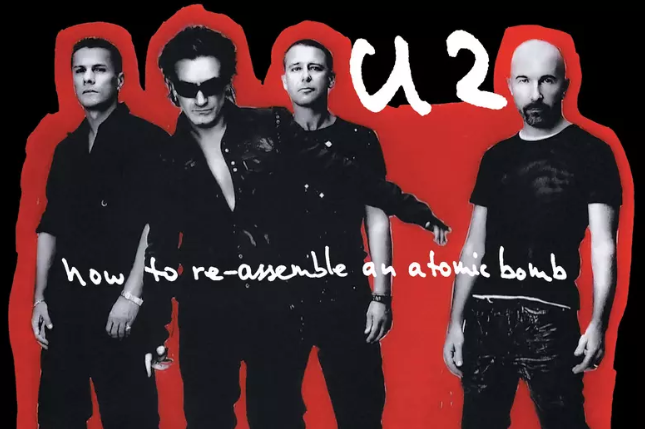This year, we witnessed a complete Oscar sweep by the provocative indie film Anora. While it is an undeniably brilliant film, its dominance surprised many, as it wasn’t the widely beloved crowd-pleaser that some of its competitors (like The Brutalist and A Complete Unknown) seemed to be. Yet, Anora walked away with five wins of its six nominations, including Best Picture, Best Director (Sean Baker), Best Actress (Mikey Madison), Best Original Screenplay, and Best Editing.
Curious about how this happened, I did some digging and uncovered a key piece of the puzzle: Anora’s distributor, NEON, spent $18 million on its Oscar campaign. In an era of $400 million Marvel blockbusters, that number might not seem outrageous at first glance. But given that Anora was made on a modest $6 million budget, the campaign spending raised red flags for some. The campaign money went toward physical screeners sent to Academy members, immersive pop-up shops selling film-themed merch, and private screenings for fans and industry insiders. When NEON publicly disclosed these costs, backlash followed on social media. Critics accused the studio of “buying” an Oscar and argued that such heavy spending invalidated Anora’s indie status.
But here’s where I disagree.
While $18 million might seem excessive, it’s actually a fraction of what some studios secretly put into their campaigns. This year one unnamed Best Picture contender reportedly spent a staggering $60 million, 10 times Anora’s entire production budget. The difference? NEON was transparent, while most studios hide their spending behind closed doors.
This isn’t the first time NEON has put its full financial weight behind an indie film. In 2019, the studio ran a successful $20 million Best Picture campaign for Parasite, the South Korean film that made history as the first non-English-language movie to win the top prize. Like Anora, Parasite’s campaign budget far exceeded its production costs. Yet, rather than diluting the film’s indie status, this strategy showcased NEON’s ability to champion unconventional films on Hollywood’s biggest stage. At a time when major studios are slashing marketing budgets and leaving even high-profile releases to fend for themselves, NEON is rewriting the playbook for award season campaigning.
More importantly, spending money doesn’t guarantee a win. If it did, the biggest spender would take home the trophy every year. What set Anora apart wasn’t just its budget — it was how that budget was used. Rather than just relying on endless billboards and late-night talk show appearances, NEON embraced an indie-minded strategy. They created pop-up stores that mirrored the film’s strip club setting, turned small merch drops into major events, and hosted intimate screenings that engaged real audiences instead of just industry elites. This wasn’t a brute-force campaign; it was a carefully crafted experience that kept the spirit of indie filmmaking alive.
The indie label isn’t just about dollars spent; it’s about creative independence and unconventional storytelling and marketing. By that definition, Anora didn’t sell out. It just played the Oscar game on its own terms and won.



